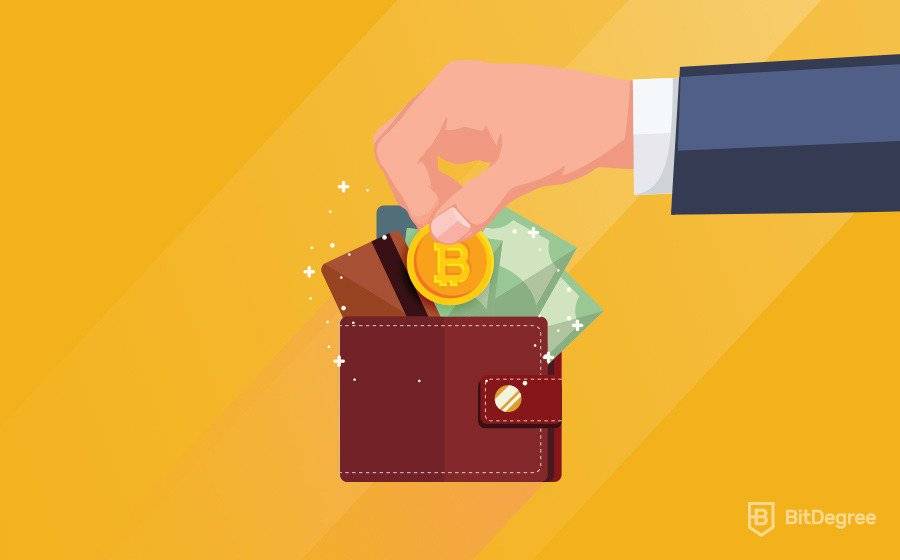
Yield Farming has been a big success in DeFi lately. While some protocols offer low returns or higher risk, others are more lucrative and offer higher returns. There are protocols that can be used for just about every purpose. A yield tracking tool like this is important if your goal is to invest in DeFi. You should learn about DeFi before investing in your first crop.
Profitability
One question that crops-loving investors may have is whether or not yield farming is profitable. This type of lending is one that leverages an existing liquidity pool to earn rewards. Yield farming's profitability depends on many factors such as the capital deployed, strategies used and the liquidation risk of collaterals. However, there are a few things to keep in mind. This article will focus on the main factors that affect yield farming profitability.
Many people speak of yield farming in terms of annual percentage yields. This figure is often compared with bank rate interest rates. APY is a standard measurement of profit. However, it is possible for triple-digit returns to be achieved. Triple-digit return are high-risk investments that may not be sustainable long term. Yield farming, therefore, is not recommended for those who aren't prepared to take risks. It is therefore important to understand the risks and benefits of investing in crypto.
Risks
Smart contract hacking is the first danger that yield farming poses. Although it is unlikely that hackers will impact the entire DeFi network in any way, there are still risks. Smart contract hacking could lead to losses. MonoX Finance, which was victim to smart contract hackers in 2021, stole US$31million from the DeFi startup. Smart contract creators must invest in better auditing, and technological investment to mitigate this risk. Fraud is another potential risk of yield farming. The fraudsters could take the money and seize control of the platform.

Another risk of yield farming is the use of leverage. While leverage allows users to increase their exposure to liquidity mining opportunities, it increases the risk of liquidation. This is a risk that users must be aware of as they may be required to liquidate assets if the collateral's value decreases. As market volatility and network congestion rise, collateral topping down can prove prohibitively expensive. Before adopting this strategy, users need to be mindful of the potential dangers associated with yield farming.
APY
You've probably heard of annual percentage yield, also known as APY. Although the term APY may sound easy, it can be quite confusing for those who don’t know what it is and what a compounding or interest rate are. This calculation involves computing interest/yield for a certain period of time and then investing the interest in the original investment. An APY yield farm will double your initial investment and double it again the next year.
An annual percentage yield, also known as APY, can be used to refer to the terms of an investor's investment. It is used to estimate how much money a person will earn from a particular investment over the course of time or to put money in savings accounts. Because compounding is taken into consideration, the APY yield will be higher than an APR. Investors who are looking to increase their net income without taking too many chances can benefit greatly from this calculation.
Impermanent loss
Investors and farmers who are looking to make a quick buck with crypto currency are well aware that there is the possibility of permanent loss. Impermanent losses are a common reality in yield farming. Stablecoins can help to minimize this loss. By using these coins, you can earn up to 10% on your money, while minimizing your risk.

First, you should know that yield farming isn't for the faint-hearted. There are risks associated with this investment. You need to be aware of potential loss before you make any investments. BTC/ETH, BNB and BNB represent the top three coins in the industry. The downsides are also known as "burning" cryptocurrencies. However, if you can stay invested and hold these coins for a long time, you should be able to achieve your profit objectives.
FAQ
Which crypto currency should you purchase today?
I recommend that you buy Bitcoin Cash today (BCH). BCH has been growing steadily since December 2017 when it was at $400 per coin. The price of BCH has increased from $200 up to $1,000 in less that two months. This is an indication of the confidence that people have in cryptocurrencies' future. It also shows investors who believe that the technology will be useful for everyone, not just speculation.
How does Cryptocurrency operate?
Bitcoin works the same way as any other currency. However, it uses cryptography rather than banks to transfer funds from one person to the next. The bitcoin blockchain technology allows secure transactions between two parties who are not related. This is a safer option than sending money through regular banking channels.
What is an ICO and why should I care?
An initial coin offering (ICO) is similar to an IPO, except that it involves a startup rather than a publicly traded corporation. When a startup wants to raise funds for its project, it sells tokens to investors. These tokens are shares in the company. They're often sold at discounted prices, giving early investors a chance to make huge profits.
Where can you find more information about Bitcoin?
There are many sources of information about Bitcoin.
Statistics
- This is on top of any fees that your crypto exchange or brokerage may charge; these can run up to 5% themselves, meaning you might lose 10% of your crypto purchase to fees. (forbes.com)
- Something that drops by 50% is not suitable for anything but speculation.” (forbes.com)
- In February 2021,SQ).the firm disclosed that Bitcoin made up around 5% of the cash on its balance sheet. (forbes.com)
- Ethereum estimates its energy usage will decrease by 99.95% once it closes “the final chapter of proof of work on Ethereum.” (forbes.com)
- “It could be 1% to 5%, it could be 10%,” he says. (forbes.com)
External Links
How To
How to get started investing with Cryptocurrencies
Crypto currency is a digital asset that uses cryptography (specifically, encryption), to regulate its generation and transactions. It provides security and anonymity. The first crypto currency was Bitcoin, which was invented by Satoshi Nakamoto in 2008. There have been numerous new cryptocurrencies since then.
Crypto currencies are most commonly used in bitcoin, ripple (ethereum), litecoin, litecoin, ripple (rogue) and monero. There are different factors that contribute to the success of a cryptocurrency including its adoption rate, market capitalization, liquidity, transaction fees, speed, volatility, ease of mining and governance.
There are several ways to invest in cryptocurrencies. There are many ways to invest in cryptocurrency. One is via exchanges like Coinbase and Kraken. You can also buy them directly with fiat money. You can also mine your own coins solo or in a group. You can also purchase tokens through ICOs.
Coinbase is an online cryptocurrency marketplace. It lets you store, buy and sell cryptocurrencies such Bitcoin and Ethereum. Funding can be done via bank transfers, credit or debit cards.
Kraken is another popular cryptocurrency exchange. It supports trading against USD. EUR. GBP. CAD. JPY. AUD. Some traders prefer to trade against USD in order to avoid fluctuations due to fluctuation of foreign currency.
Bittrex also offers an exchange platform. It supports over 200 cryptocurrency and all users have free API access.
Binance, a relatively recent exchange platform, was launched in 2017. It claims to have the fastest growing exchange in the world. It currently has more than $1B worth of traded volume every day.
Etherium is a blockchain network that runs smart contract. It relies on a proof-of-work consensus mechanism for validating blocks and running applications.
In conclusion, cryptocurrencies do not have a central regulator. They are peer-to-peer networks that use decentralized consensus mechanisms to generate and verify transactions.